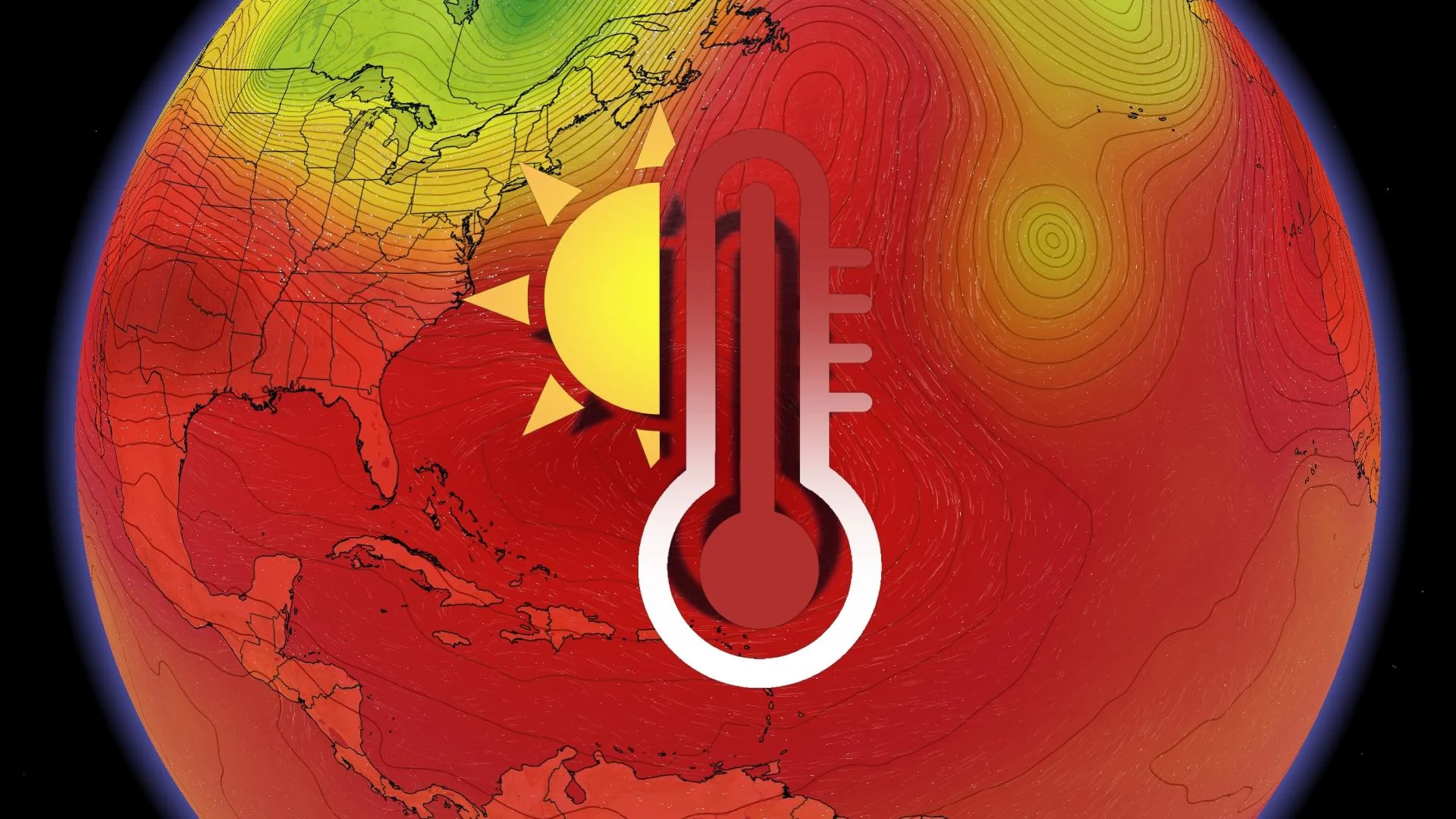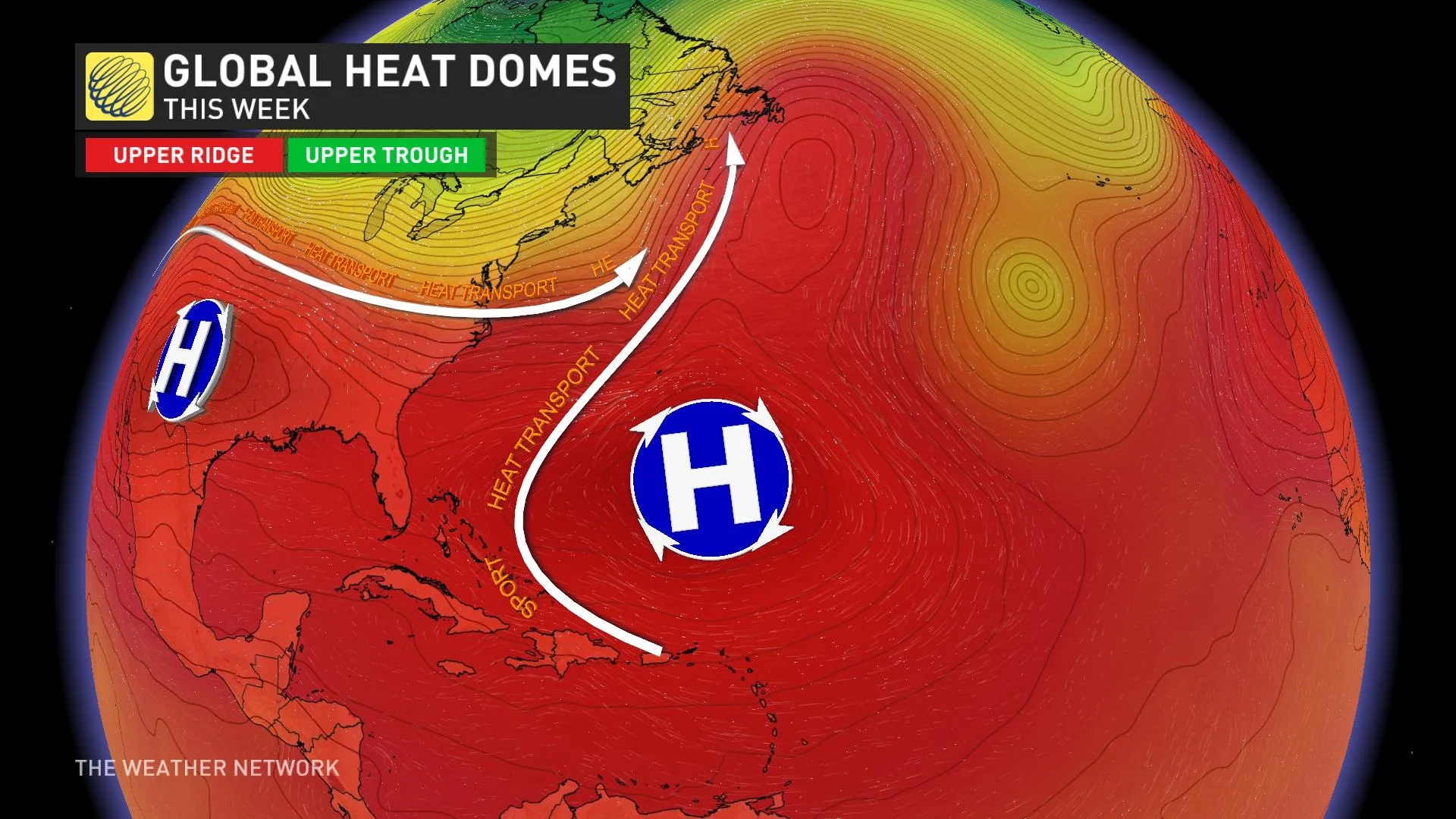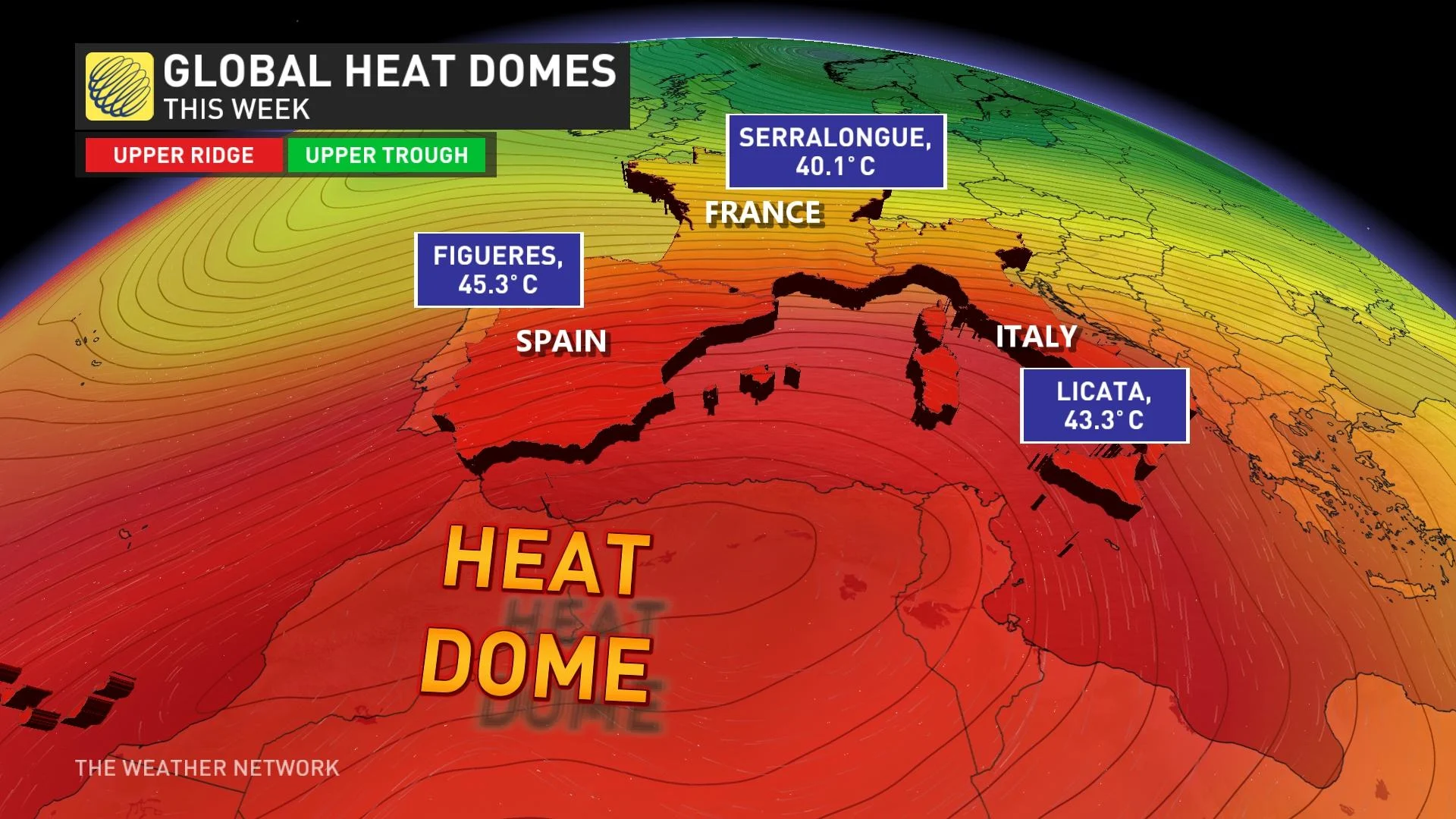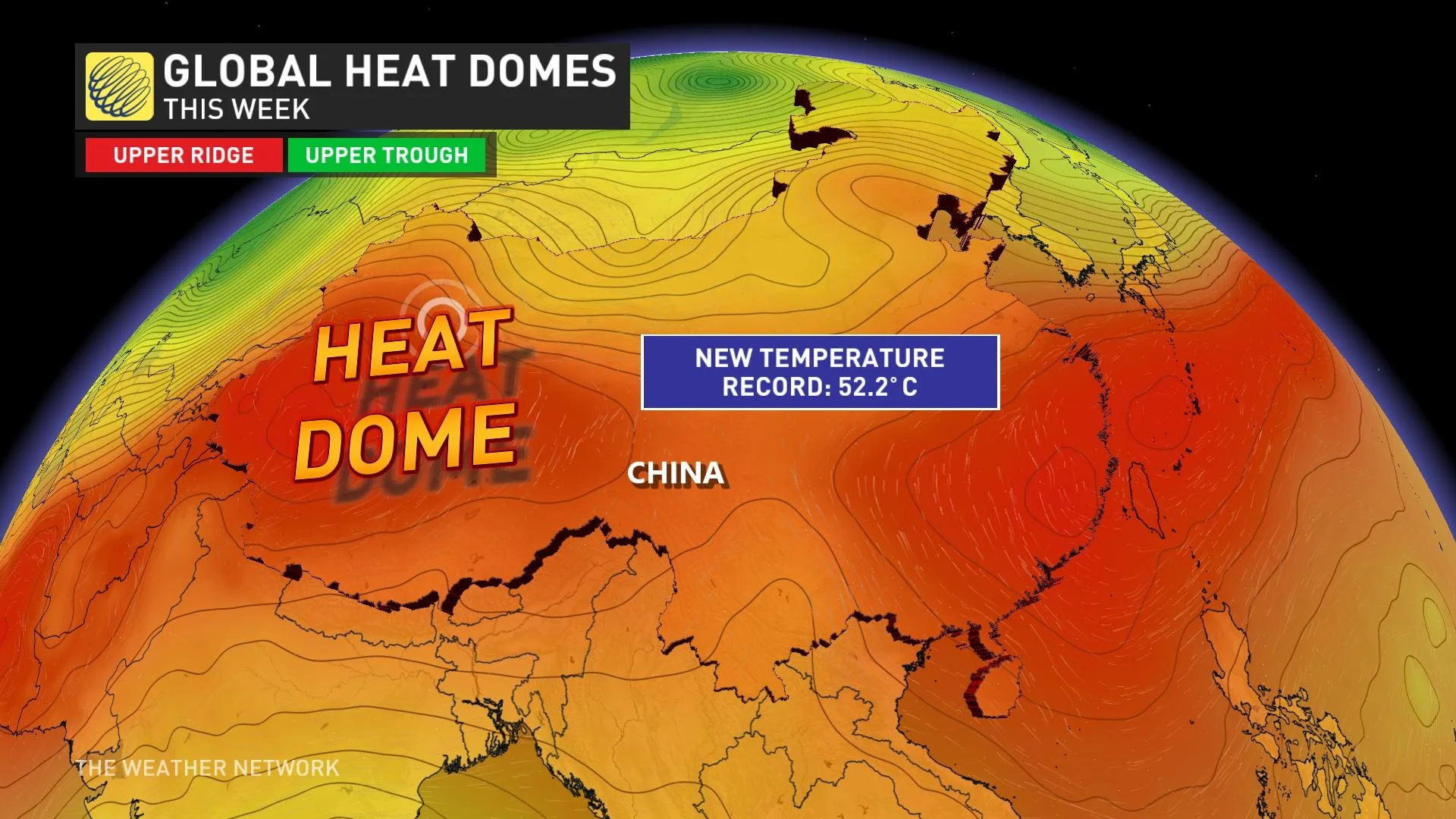
Four simultaneous heat domes break major records across the globe
While each heat dome has brought its own set of impacts to different regions across the globe, the common denominator is the tally of broken temperature records.
In similar fashion to the frequency and intensity of atmospheric rivers in 2021, heat domes are playing integral roles in driving extreme weather events in 2023, especially in recent weeks.
At the moment, there are four separate heat domes occurring across the Northern Hemisphere, resulting in dangerous temperatures that have broken several significant records.

SEE ALSO: After Earth's hottest week on record, extreme weather surprises everyone
Where are the heat domes?
In North America, a heat dome has had major impacts across the southwestern United States for more than two weeks.
Now an all-time record for the city, Phoenix, Ariz., has reached 43.3°C or higher for 19 days in a row -- from June 30 to July 18. However, that won't be the end of it as daytime temperatures are forecast to go above 43.3°C for the next seven to 10 days.

The North Atlantic Ocean has seen its hottest temperatures on record. There are several different reasons for the heat, including the lack of wind, which allows the surface to warm faster with less upwelling. As well, a lack of Saharan dust with less light being reflected back to space, and of course, climate change.
The heat dome hasn’t had much of an effect over land, but it did help to usher in hot and humid conditions to Newfoundland.
Another heat dome over North Africa has been the cause of widespread records in Europe. The most affected countries are Spain, Italy, Morocco and Algeria. On Tuesday, Rome recorded a temperature of 42.9°C, which is the hottest reading the city has ever documented.

The intense heat wave has been sizzling southern Europe during its peak summer tourist season, shattering records including in Rome, and prompting government warnings about an increased risk of deaths.
Wildfires have been burning for consecutive days west of the Greek capital, Athens. Erratic winds have helped spread the blazes, leading to dozens of homes being damaged or destroyed, and forcing hundreds of people to flee amid the thick smoke.
The fourth heat dome over Asia helped China achieve its hottest all-time temperature record of 52.2°C. on Sunday, July 16 in Sanbao Township in Xinjiang's Turpan Depression. However, the station is still new, so the data does not go back very far.

It is only one of two all-time records that were set in China this year. On Jan. 22, Mòhé plummeted to -53°C, making it the coldest temperature ever observed in China.
The excessive heat occurred at a critical time as U.S. envoy, John Kerry, arrived in China for climate talks between the two countries.
Since it's summer in the Northern Hemisphere, there's nothing out of the ordinary about it being hot in this section of the globe. The ridges responsible for these heat domes are a typical configuration of our atmosphere, but it is their intensity that is surprising.
Another factor that fuels the phenomena is the length of the heat episodes. The southwestern United States, for example, has been experiencing excessively hot temperatures for several weeks. Under the dome, the atmosphere stagnates, which allows the heat to intensify.
What qualifies an event as a heat dome?
To meet the criteria for a heat dome, you need several factors. You need to look for a stalling high-pressure system that is cut off from the rest of the upper-level wind patterns surrounding it. With a heat dome stranded in place, the temperatures can stay warm day-after-day.

While daytime highs can soar into uncharted territory in these events, the real threats are the overnight temperatures, according to Tyler Hamilton, a meteorologist at The Weather Network. This is because there is little heat relief, adding to the prolonged sizzle.
WATCH: Climate change is turning summer into a real bummer
With files from Matt Grinter, a meteorologist at The Weather Network, Reuters and MeteoMedia.
Follow Nathan Howes on Twitter.











